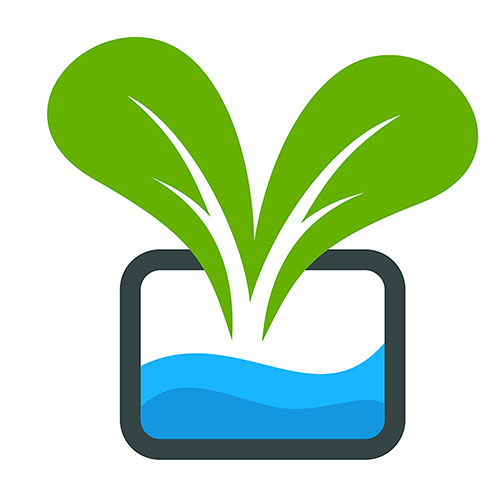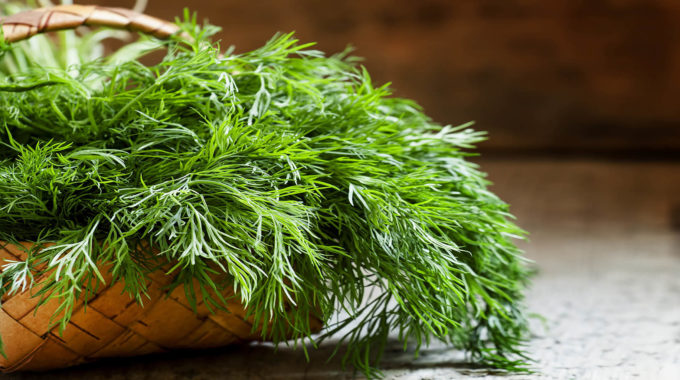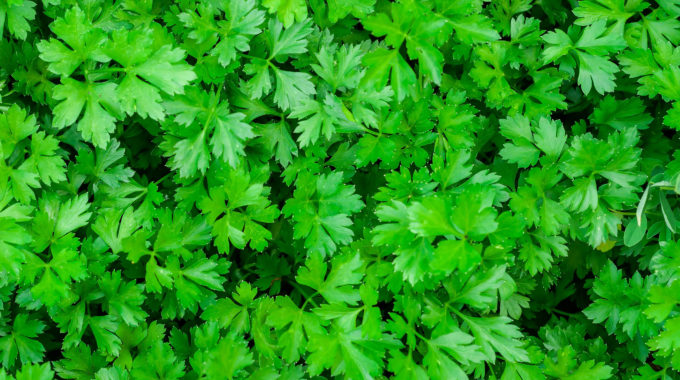Do you want to start an indoor, self-sustaining herb garden? Are you considering growing thyme…

Basil
Do you want to learn how to grow Basil in Hydroponic and Aeroponic Systems? Growing Basil in hydroponic and aeroponic systems is super easy to grow inside, it’s practically made for it! This sweet, savory, peppery crop is one of the most loved in almost every community.
Let’s grow!
Note that are a TON of different Basil varieties, read till the end to read more into it!
Table of Contents
Basil Basics
- Optimal Ph: 5.5-6.5
- 700-1120 PPM
- Temp: 65-95 Degrees
- Enjoys: clay pebbles, quality water and sunshine
Grows Well With
- Lettuce
- Herbs
Hydroponic Basil
Basil grows great in hydroponic systems! The main thing to keep in mind is that once a leaf goes bad, the best thing to do is to clip it. Once a leaf goes bad, it could impact your other plants causing them to go bad as well.
Aeroponic Basil
The care instructions for Aeroponics basil is the same as hydroponic.
Indoor Basil
Indoor Basil is so much fun! You can grow them inside using Aeroponics or Hydroponics. If basil is something you use often, get yourself a small system like an Aerogarden Sprout and put it on your counter! It will look so cute sitting there, living your kitchen smelling good all the time.
Pruning
Be sure to prune your basil that is top heavy. If the plant gets too heavy, you could risk the main root becoming bitter and snapping causing your basil to go bad.
Pest Control
The great thing about growing inside is that you have to worry way less about pests getting into your basil. A few to look out while growing basil are aphids, nematodes, aphids, flea beetles, white flies, slugs, and even snails.
Diseases
Just like growing any plant, you have to be careful and know what to look for when growing basil. A few include damping off, leaf spot diseases, root rot, downy mildew, and fusarium wilt.
Tips & Tricks
- If you find that you have way too much Basil, you can cut the leaves smaller. After that, place it into an ice cube tray, add water and freeze it!
- You can also lay the basil out to dry, crunch it up and place it into a spice jar for cooking use
- Invest in a PPM meter to ensure your levels are accurate
- If you notice your roots are dry and slimy, take it out and give it a nice root rinse.
- Add a small fan near your basil plant, this will help encourage stronger stems, and help keep the mold and algae away
- Basil is a heat loving plant
- Keep in mind that the leaves of basil grow very large
- Basil is a very thirsty plant, keep an eye on the water levels. It is recommended to refill the water every other day
- Do not over prune, this could cause stress to the plant and cause it to die
- If your plant starts to grow flowers, pinch those off right away. It could make the taste of the basil very bitter, and the leaves will start to turn brown
- When harvesting the basil plant, cut the plant as low as possible. You need to ensure you have good strong leaves below the cut, so it can regrow quickly
- Basil is cloned very easily
Inside Scoop
A basil lover said “You almost can not kill basil” after breaking the stem. The stem quickly grew stronger.
If you do not know what to do with all your Basil leaves, put it in the oven at 174 degrees, after you harvested it. Keep it in there for about 2 hours and 30 minutes, then crush them! This is how you can get crushed dried basil
Many growers has said that the germination rate for basil is very fast, fresh basil seeds should sprout easily
Many people have mentioned that their basil was the first to sprout and germinate for them, so if it doesn’t sprout then the seed is more than likely a dud.
Basil grows very well with tomatoes, and does an awesome job in the Kratky method.
You can grow basil from a clipping! It will be ready to harvest in about 30 days.
When moving your basil, keep in mind that the roots are very tender.
Before planting this plant, make sure that you have the correct spacing or you can run into the problem of correct lighting.
The best Seeds
Did you know there are anywhere from 50 – 100 different types of Basil? I have listed the most grown, and popular Basil types below, and where you can purchase the seeds! I have done the research, so you do not have too.
- Gaea’s Blessing Seeds, Thai Basil Seeds – These have a very high germination rate! Many growers who have plants this type, don’t really like the taste. They tend to say it tastes like black licorice, keep that in mind!
- Sow Right Seeds, Opal Basil – These are known for their mild flavor, giving hints of anise, mint, cinnamon and clove. Growers like to say it tastes similar to Sweet Basil.
- Sow Right Seeds, Genovese Basil – Known for their intense flavor of peppery and sweetness. This one is great for pizza, and pastas!
- RDR Seeds, Sweet Basil – This is the most well known Basil. Much like the Thai Basil, this one tastes no different. It has a spicy aroma, and a sweet clove-like taste.
- Park Seed Lettuce Leaf Basil – This basil grows very large leaves! Many growers love to use this as lettuce leaves. Keep in mind the space you have available before purchasing.
- Sow Right Seeds, Greek Basil – This type of great for sauces, tomato dishes, and Italian foods. You can actually eat these to calm down stomach issues, or put them in your tea!
- Sow Right Seeds, Lemon Basil – This is a very popular Basil, tasting like lemon! It has an aroma of clean, crisp and giving you a zing.
- Sow Right Seeds, Basil Variety Pack – this has all your favorite Basils in one, 5 different seeds giving you a great variety to grow.



